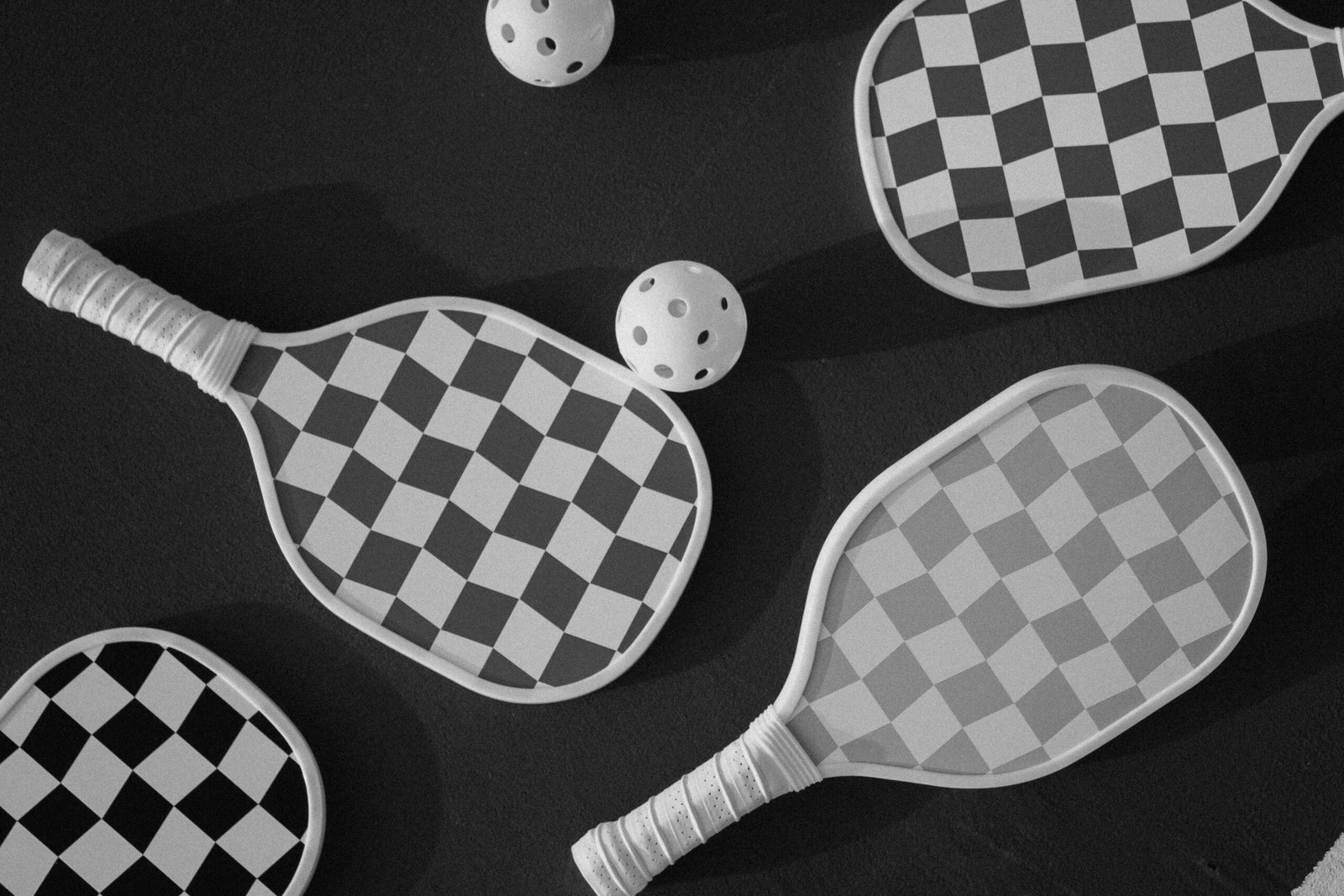Pickleball is often described as a blend of tennis, badminton, and table tennis, but its origins are uniquely its own. What started as a simple backyard game has developed into a global sport with millions of players, professional leagues, and international tournaments. Understanding the history of pickleball not only shows how the sport has grown but also highlights why it has become so popular across generations.
This article explores the journey of pickleball, from its humble beginnings on Bainbridge Island to its status as a worldwide sporting phenomenon.
The Origins of Pickleball
Pickleball was invented in the summer of 1965 by three friends on Bainbridge Island, Washington: Joel Pritchard, Bill Bell, and Barney McCallum. The story goes that Pritchard and Bell returned from a golf outing to find their families bored. Wanting to create a fun game everyone could enjoy, they improvised using badminton equipment.
When they couldn’t find a full set of shuttlecocks, they used a perforated plastic ball. They also lowered the badminton net and fashioned paddles from wood. Over the next few days, the friends refined the rules to make the game fair, fun, and accessible for all ages.
Where Did the Name “Pickleball” Come From?
There are two popular stories behind the name.
One version is that the game was named after the Pritchard family’s dog, Pickles, who would chase after the ball during early games. The other explanation is that Joel Pritchard’s wife, Joan, compared the mixed nature of the game to a “pickle boat”, where oarsmen were chosen from the leftovers of other crews.
Although the “dog story” is the most widely shared, Joan’s explanation is considered more accurate. Still, the light-hearted debate reflects the playful and welcoming spirit of the sport.
The Early Spread of Pickleball
By the late 1960s, the Pritchard, Bell, and McCallum families were regularly introducing the game to neighbours and friends. Word spread quickly, and by 1972, Barney McCallum helped establish the first official corporation to protect pickleball’s rules and growth.
In 1975, The National Observer published one of the first articles about pickleball, helping it gain national attention. Two years later, Tennis magazine referred to pickleball as “America’s newest racquet sport.”
The First Pickleball Tournaments
The first known pickleball tournament was held in 1976 at South Center Athletic Club in Tukwila, Washington. Most players came from a tennis background, which meant the strategies were different from today’s game. Many relied heavily on power and smashes rather than the dinking and placement strategies now central to competitive pickleball.
As interest grew, more tournaments appeared, and by the 1980s, pickleball had gained a loyal following across Washington, Oregon, and Arizona. Players began creating dedicated courts rather than adapting tennis or badminton spaces, signalling a new era for the sport.
Pickleball in the 1980s and 1990s
The 1980s saw the formation of organised pickleball communities, particularly in retirement areas in Arizona and Florida. The sport’s reputation as accessible and social helped it grow among seniors who wanted a less physically demanding game compared to tennis.
In 1984, the USA Pickleball Association (USAPA) was founded, publishing the first official rulebook the same year. This organisation played a crucial role in standardising rules, organising events, and promoting pickleball nationwide.
Throughout the 1990s, pickleball courts multiplied, especially in retirement communities. However, younger players also began to take notice, drawn to the sport’s fast pace and fun rallies.
Pickleball in the 2000s
The 2000s marked a turning point as pickleball spread beyond niche communities into mainstream sports culture. The USAPA expanded its membership, launched national tournaments, and created a more structured competitive scene. Portable nets and better paddle technology also made it easier for new players to start playing.
By the late 2000s, pickleball was being played in schools, community centres, and recreation facilities across the United States. The growth was no longer limited to retirees; younger adults and children were taking it up, giving pickleball a broader appeal.
Pickleball Becomes Global
While the sport began in the United States, it didn’t take long to cross international borders. By the 2010s, pickleball clubs had formed in Canada, Spain, India, the UK, and beyond. The International Federation of Pickleball (IFP) was established to help manage rules and promote the sport worldwide.
Major tournaments such as the US Open Pickleball Championships, launched in 2016, and the Professional Pickleball Association (PPA) Tour helped raise the sport’s profile. Prize money, sponsorship deals, and media coverage turned pickleball into a legitimate professional pursuit for elite players.
Pickleball Today
Today, pickleball is played by millions worldwide, with dedicated facilities, televised matches, and growing youth participation. According to recent statistics, it is the fastest-growing sport in the United States, and global interest continues to accelerate.
Professional leagues such as the PPA and Major League Pickleball (MLP) have brought structure and star power to the sport. Meanwhile, communities continue to embrace pickleball for its accessibility, making it a game that appeals to all ages.
Why the History of Pickleball Matters
Understanding the history of pickleball highlights why the sport is unique. It was not born in elite clubs or professional circuits, but in a family’s backyard, built on the values of inclusivity, fun, and community. These qualities remain central to pickleball’s identity today.
The game’s rapid rise from a local pastime to a global sport shows how much people value activities that are easy to learn, social, and adaptable. Pickleball’s journey also demonstrates how a simple idea can grow into a worldwide movement.
Final Thoughts
From its invention on Bainbridge Island in 1965 to its position as a global sport, pickleball’s history is a testament to creativity, community, and the universal love of play. Its story captures why it resonates with so many people—young and old, casual and competitive.
As pickleball continues to expand worldwide, remembering its humble beginnings helps keep the spirit of the game alive. Whether you play singles, doubles, or just for fun with friends, every match today carries a piece of that original backyard game.

